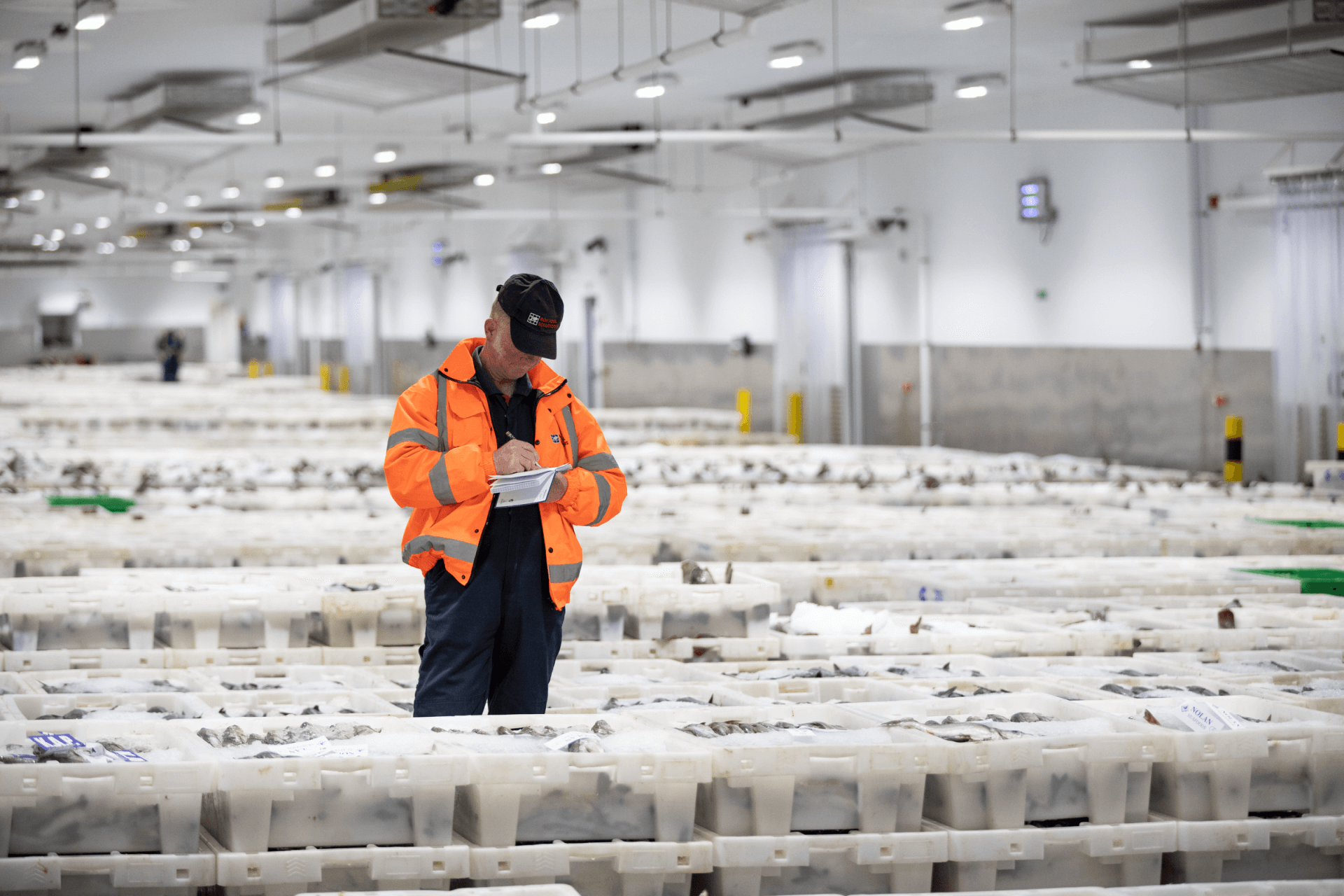Even though globalization has enabled people to be able to connect easier, the actual distance between countries and regions is still a challenge for many supply chains. A product normally travels hundreds of miles before reaching its destination, often involving transportation methods such as air, road, sea and rail. This means that logistics companies are under pressure to deliver whichever products in perfect condition.
Cold chain logistics is a trending subject these days. It refers to the transportation of time-sensitive goods that are properly packaged, loaded into refrigerated trucks, and delivered to the end customer. They oversee and report product temperature, location information and humidity throughout the products entire journey. If one of these parameters is skipped, the product will get spoiled before it reaches its destination.
For these perishable products to arrive in perfect condition, logistic companies use accurate and reliable time-tracking information. In the past, cold chain companies used a separate data source to get supply chain information. They used manual methods such as RFID bar code scanners, email, and phone calls, to communicate data to companies on their products. In time these old methods were replaced by better ones to improve efficiency, product safety and compliance. Without proper tracking, cold chain companies have a tough time localizing and checking the temperature parameters inside refrigerated trucks. Therefore, using special tracking systems allows them to have real-time visibility of their products, and temperature insights, whether their product is in transit or inside the warehouse. Having such valuable information allows a company to identify the carrier that transports its products and gets continuous up-to-date details during its transport.
Why is food spoilage a problem?
Food spoilage is a critical concern due to the tremendous growth in food consumption that we expect in future decades. It will be hard to reach the 70% increase that the world requires if we waste so much food in our homes and throughout the supply chain. However, if we can eliminate food waste in the supply chain, we will only need a 40% increase in food production to achieve that goal. Consumption of spoiled food is harmful because it typically contains mycotoxins and microbiological wastes. As a result, visibly spoiled food, or food with a past due date is destroyed.
The cold chain challenges of transporting food and beverage
When speaking of food and beverages, the main challenge is that they need to be constantly tracked for temperature location and humidity to avoid waste, spoilage, and expensive recalls. A temperature increase of 8 degrees F° can lower product shelf life by seven days and recalls can cost firms up to £35 million in penalties. Food and ingredient verification, as well as transaction handoffs, reduce compliance costs and food waste while boosting product quality.
Companies can use a digital visibility platform to check food and product movement, history and transaction handoffs between stakeholders for product quality and compliance mandates. Digitalizing supply chain data helps reduce excess inventory, improve order cycles and variation, and reduce delivery waiting times.







